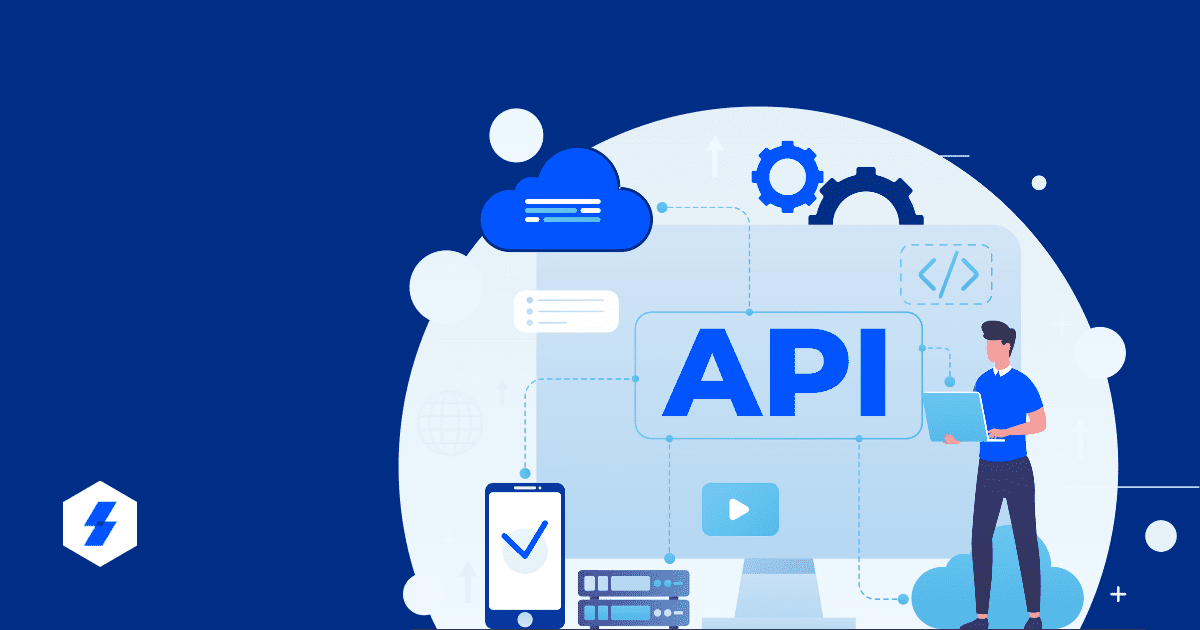API Integration, Security and Privileged Access Management

Technology has evolved to great heights. Many functionalities we need in the digital space are already built into one or more existing software solutions. Suppose I want to develop a new software or any digital product. In that case, I may use a variety of readily available short programming interfaces, which give me the flexibility to plug and play my software model with already available short programs for various everyday needs. This helps me build efficient functionalities with existing shorter programs that are made publicly available.
For example, I can use the Google Search functionality inside my application’s search bar by integrating Google Search’s API. So, what exactly is API integration?
What is an API?
An Application Programming Interface (API) is a set of rules, protocols, and tools that
- Define how various software components should interact with each other.
- Specify how data should be structured.
- And define how responses should be formatted.
Developers often leverage APIs to create new applications or add novel features to existing applications by using the functionality provided by other systems. And the process can be called API integration.
What is API Integration Security?
API integration security or API security involves protecting your systems as you integrate your applications with APIs. Here are some use cases where you need API security.
- Consuming public APIs to use in your system.
- Exposing custom APIs to public use.
- Using third-party solutions via their APIs.
Why API Integration Security is Important?
- API integration security is a dire necessity in today’s world where organizations must build applications quickly to stay relevant and in demand for continuously updating digital needs. Using APIs is the only way to achieve quick and efficient software creation to cater to the customers’ needs.
- With the increase in the number of systems and resources that connect APIs, the risk of cyber-attacks for organizations can increase proportionally.
- The level of security an API requires is different when used for different purposes. For example, if the API call is to fetch a customer’s personal information via a financial application, a higher level of security measures needs to be incorporated compared to others.
Securing API Integration for Privileged Access Management (PAM)
Integrating software systems and applications through APIs has become important in recent years, driven by the need for automation and integration with modern technologies. With this increased use of APIs comes a greater need to secure them, particularly in the context of Privileged Access Management (PAM).
APIs are often used to access and manage sensitive data and resources stored in privileged accounts. Suppose an attacker gains unauthorized access to a PAM API. In that case, they could gain access to critical information, such as account numbers, personal information, business critical data and even financial transactions.
Hence, protecting PAM APIs is a critical aspect of an organization’s overall security strategy, as they are often used to access and manage privileged accounts.
Basic API security practices should be in place, such as awareness of the source IP address, geolocation of the API request, and use of valid credentials for authentication. In fact, threat actors often use sophisticated tools to find and exploit security vulnerabilities in APIs.
PAM solutions provide a comprehensive set of controls to secure and manage privileged access, such as password management, multi-factor authentication, session management, and access controls. However, it is essential to also protect the PAM API itself from privilege abuse or security flaws. This includes implementing an API security model, access control lists, and regular monitoring and testing for vulnerabilities.
API security practices, such as authentication and access control, should be in place. PAM solutions should include features to protect the API from privilege abuse or security flaws.
Critical API Controls for PAM Solution
Below are the critical PAM controls to include during configuration that ensure API integration and security in the organization:
1. Authentication and Authorization
Methods such as OAuth (Open Authorization) and JWT (JSON Web Token) must be used to verify a user’s identity and level of access. And the API request should be authorized only via verified credentials.
2. Access control
RBAC (Role-Based Access Control) and related methods to control and monitor access to sensitive data resources must be incorporated. Controlling which IPV (Internet Protocol Version) can make API calls is also important to configure.
3. Input validation
It is suggested to get validation of the inputs from users before processing the request. It ensures that the input is not malicious. Processing a malicious request poses the risk of exposing sensitive privileges to attackers. It is crucial to include the validation of API inputs and responses in the features of the PAM solution.
4. Encryption
All API calls must be encrypted to protect sensitive data from unwanted attacks. TLS, SSL, and other encryption methods help achieve fool-proof API integration security.
5. Auditing and Logging
Even after input validation and access control, a breach may occur during the processing of APIs; hence, monitoring the entire API logs during the response exchange is necessary for an end-to-end API security strength via PAM solutions.
6. Integration with Secure API Gateways
API gateways are entry points for incoming API requests. These also act as secure points that authorize and authenticate users when they call APIs, limit the maximum times an API can be called and create alerts when there is a policy violation.
7. Other Security Measures
It is important to note that APIs can be used to access and manage sensitive data and resources, including privileged accounts. Therefore, protecting the PAM API from privilege abuse or security flaws is also paramount. This includes implementing an API security model, access control lists, and regular monitoring and testing for vulnerabilities. Also, it is crucial to keep the security controls up-to-date and to regularly test and monitor the APIs to detect and respond to potential security breaches.
The combination of the above controls will work to ensure the best defence your company can have towards any threats related to API integration with privileged credentials.
For more information or queries related to Privileged Access Management and Security, feel free to contact Sectona.



